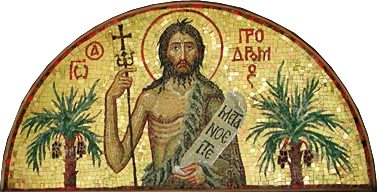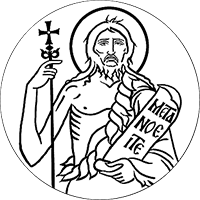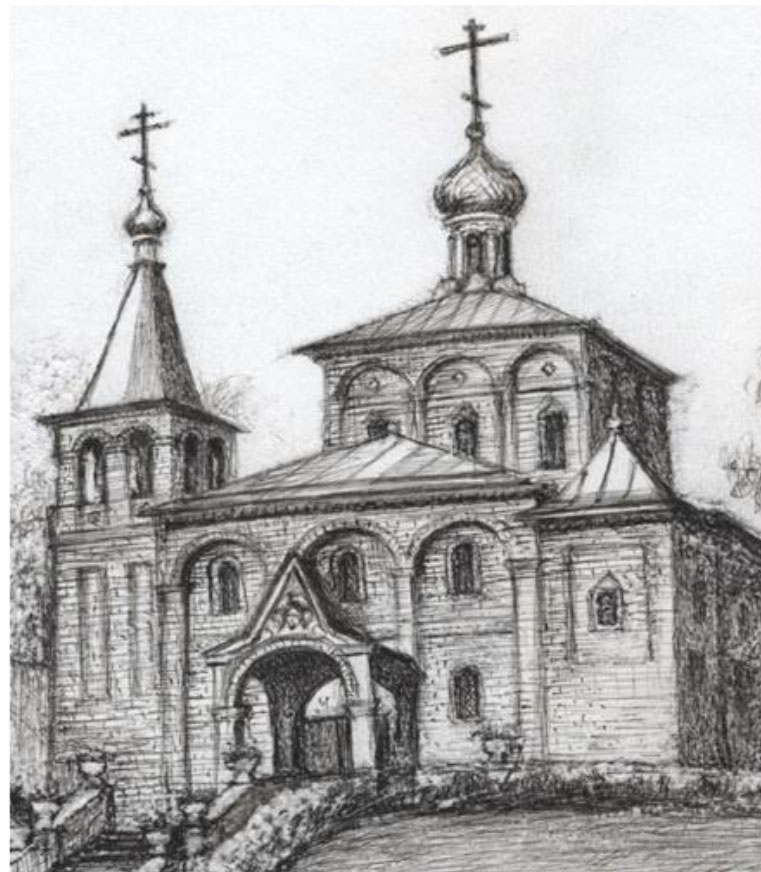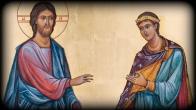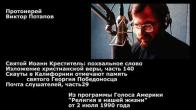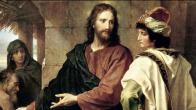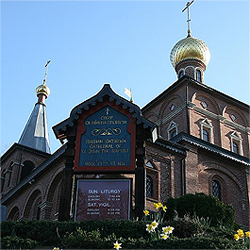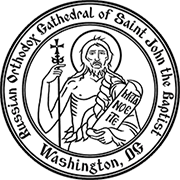You are here
Thou shalt not make unto thyself any graven image...
I am the Lord thy G o d: thou shalt have no other gods before Me.
Second Commandment
Thou shalt not make unto thee any graven image, or any likeness of any thing that is in heaven above, or that is in the earth beneath, or that is in the water under the earth: thou shalt not bow down thyself to them, nor serve them.
The First Commandment proclaims that God is One, and the Second Commandment defines his worship, warning against the worship of false, pagan gods. Pagan worshipers can still be found among the unwitting, and even among some Christians. These worshipers of idols may recognize some relative value as their highest value: for example, the triumph of their nation (chauvinism), their race (racism), or their class (communism). An idol worshiper may sacrifice his better self for the sake of lesser goods such as money, personal glory, or wine, and other pleasures. All these choices betray God, substituting falseness for sanctification, which should be the goal of every life. The idol worshipers subordinate the whole to the part, and the higher to the lower. This way of life is a sickness, a deformity, and a sin. This sin helps to shred the character of the idol worshiper and frequently helps him to harm other people.
The following question might be raised: Does the Second Commandment prohibit making the sacred images called icons that Orthodox and certain other Christians use in their churches and homes for veneration? We have a distinguished answer in "Veneration of Icons" from Orthodox Dogmatic Theology, by Protopresbyter Michael Pomazansky:
One of the outward forms of worship of God and the veneration of the saints is the use of sacred images and the respect shown to them. Among the various gifts of man that distinguish him from other creatures is the gift of art or of depictions in line and color. This is a noble and high gift, and it is worthy to be used to glorify God. With all the pure and high means available to us, we must glorify God according to the call of the Psalmist: Bless the Lord, O my soul, and all that is within me bless His holy name. (Psalm 102:1). All that is within me refers to all the capabilities of the soul. And truly, the capability of art is a gift from God.
Of old under Moses, the Lord hath called by name Bezaleel, the son of Uri, the son of Hur, of the tribe of Judah; and He hath filled him with the spirit of God, in wisdom, in understanding, and in knowledge, and in all manner of workmanship; and to devise skilled works, to work in gold, and in silver, and in brass, and in the cutting of stones, to set them, and in carving of wood, to make any manner of cunning work. And He hath put in his heart that he may teach [others] . . . Them hath He filled with wisdom of heart, to work all manner of work, of the engraver, and of the cunning workman, and of the embroiderer (Exodus 35:30-35).
Skilled artists made sacred material objects first for the tabernacle of Moses and later for the Temple of Solomon. Although some were merely sacred adornments, others sacred material objects were revered as exceptional places of God's glory. For example, so great was the Ark of the Covenant that its very touch without special reverence could cause death (II Kings [II Samuel]): at the time of the transfer of the Ark under David, Uzzah was struck dead because he touched the Ark with his hand. Just as holy was the Cherubim of Glory over the Ark, in the midst of which God deigned to reveal Himself and to give His commands to Moses. There I will meet with thee, and I will commune with thee from above the mercy seat, from between the two Cherubim which are upon the ark of the testimony, of all things which I will give thee in commandment unto the children of Israel (Exodus 25:18-22). These were the visible image of the Invisible God, in the expression of Metropolitan Macarius.
The Old Testament Temple had images on the walls and curtains, but no depictions of the departed righteous ones, such we see in Christian Church. They did not appear because the righteous ones themselves were awaiting their deliverance, waiting to be brought up out of hell. Christ's descent into hell and His Resurrection made their delivery possible. According to the Apostle, they without us should not be made perfect (Hebrews 11:40). These righteous one were glorified as saints only in the New Testament.
So Sacred Scripture strictly prohibits worship of idols, but it does not prohibit Christian icons. Idols are images of false gods, demons, or imaginary thing by worship of lifeless objects of wood, gold, or stone. The Sacred Scriptures strictly insist that we separate holy and unholy, unclean and clean (Leviticus 10:10). Whoever cannot see the difference between sacred images and idols blasphemes and defiles the icons. He commits a sacrilege condemned in Sacred Scripture; Thou that abhorrest idols, dost thou commit sacrilege? (Romans 2:22).
Ecclesiastical archaeology has shown that the ancient Christians used sacred images in the catacombs and their other places of assembly for prayer, and then later in their churches. Certain Christian writers (such as those at the Council of Elvira, Spain, in 305) set themselves against statues and similar images, but they probably had contemporary pagan idol worship in mind. Their cautions and prohibitions also fit their historic conditions, when, for example, Christians needed to hide holy things from their often hostile pagan persecutors and non-Christian masses. From the start, the Christian missionary ideal had also been to draw people away from pagan idol-worship. Only later could the fullness of the forms for glorifying God and His saints in colors emerge in sacred images.
Records of the Seventh Ecumenical Council define expressed the Orthodox dogma of sacred icon veneration in the following words:
"We therefore . . . define with all certitude and accuracy that just as the figure of the precious and life-giving Cross, so also the venerable and holy images . . . should be set forth in the holy churches of God [for veneration] . . . For by so much more frequently as they are seen in artistic representation (that is, the Lord Jesus Christ, the Theotokos, the angels and saints who are depicted in the icons), by so much more readily are men lifted up to the memory of their prototypes, and to a longing after them. And to these should be given due salutation and honorable reverence [Greek: timitiki proskynisis], not indeed that true worship of faith [Greek: latreia] which pertains alone to the Divine nature; but to these . . . incense and lights may be offered . . . For the honor which is paid to the image passes on to that which the image represents". Seven Ecumenical Councils (Erdmans), p. 550).
In a note to this excerpt, Hieromonk Seraphim (Rose), the English translator of Orthodox Dogmatic Theology, writes as follows: This distinction between the worship of God and the reverence or veneration shown for icons was set forth first by St. John Damascene in his treatises on the icons. See his On the Divine Images, tr. by David Anderson, St. Vladimir's Seminary Press, Crestwood, NY., 1980, pp. 82-88, and the Introduction, pp. 10-11.
Orthodox canons say nothing about veneration of the statues in the religious art of the West in the middle ages and later. However, the virtually universal tradition of the Orthodox Church of both East and West and of the Eastern Church in later centuries has been to create two-dimensional depictions and bas-reliefs, but not to allow statues in the round. The reluctance seems to lie in the inevitably greater realism of three-dimensional images, which make them suitable for representing the things of this world (for example, statues of emperors), but not those of heaven, which neither our worldly thoughts nor our realism can capture. Two-dimensional icons, on the other hand, are windows to heaven.
©Archpriest Victor Potapov
1991-1992
PARISH LIFE
RECENT VIDEOS
Address of our Cathedral
Subscribe to our mailing list
While all the materials on this site are copyrighted, you may use them freely as long as you treat them
with respect and provide attribution on the Russian Orthodox Cathedral of St.John the Baptist of Washington DC.
